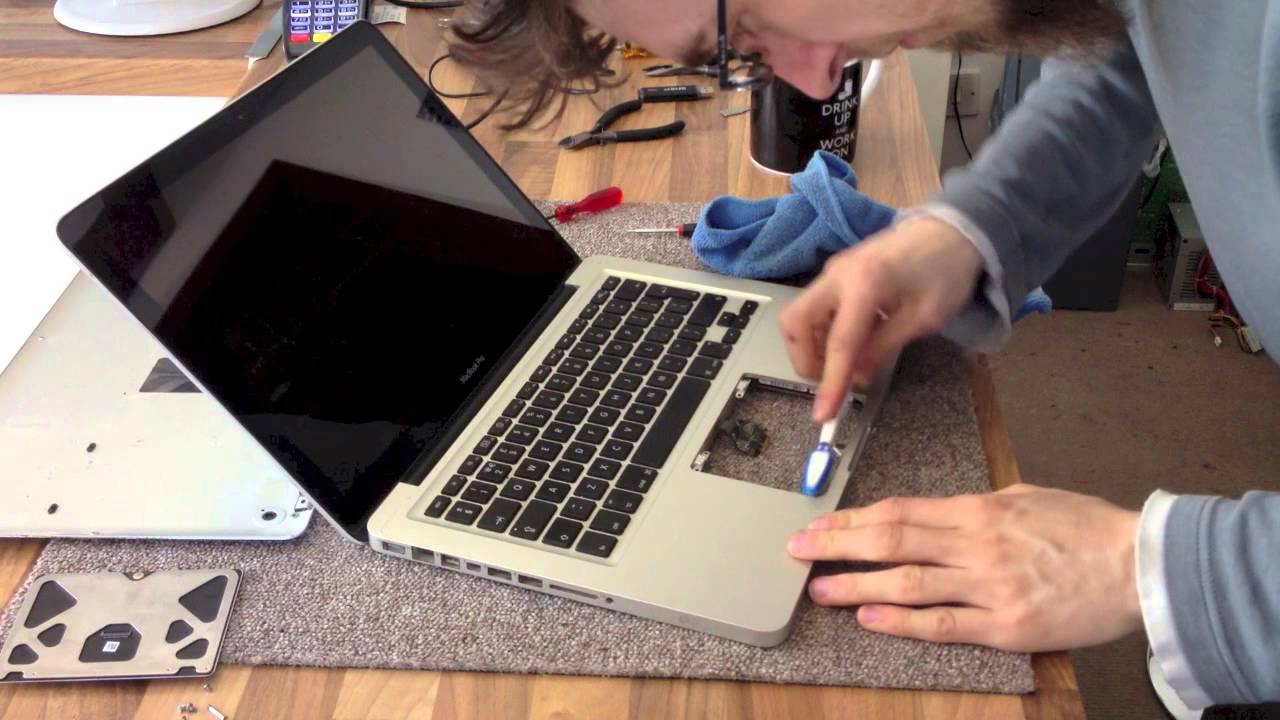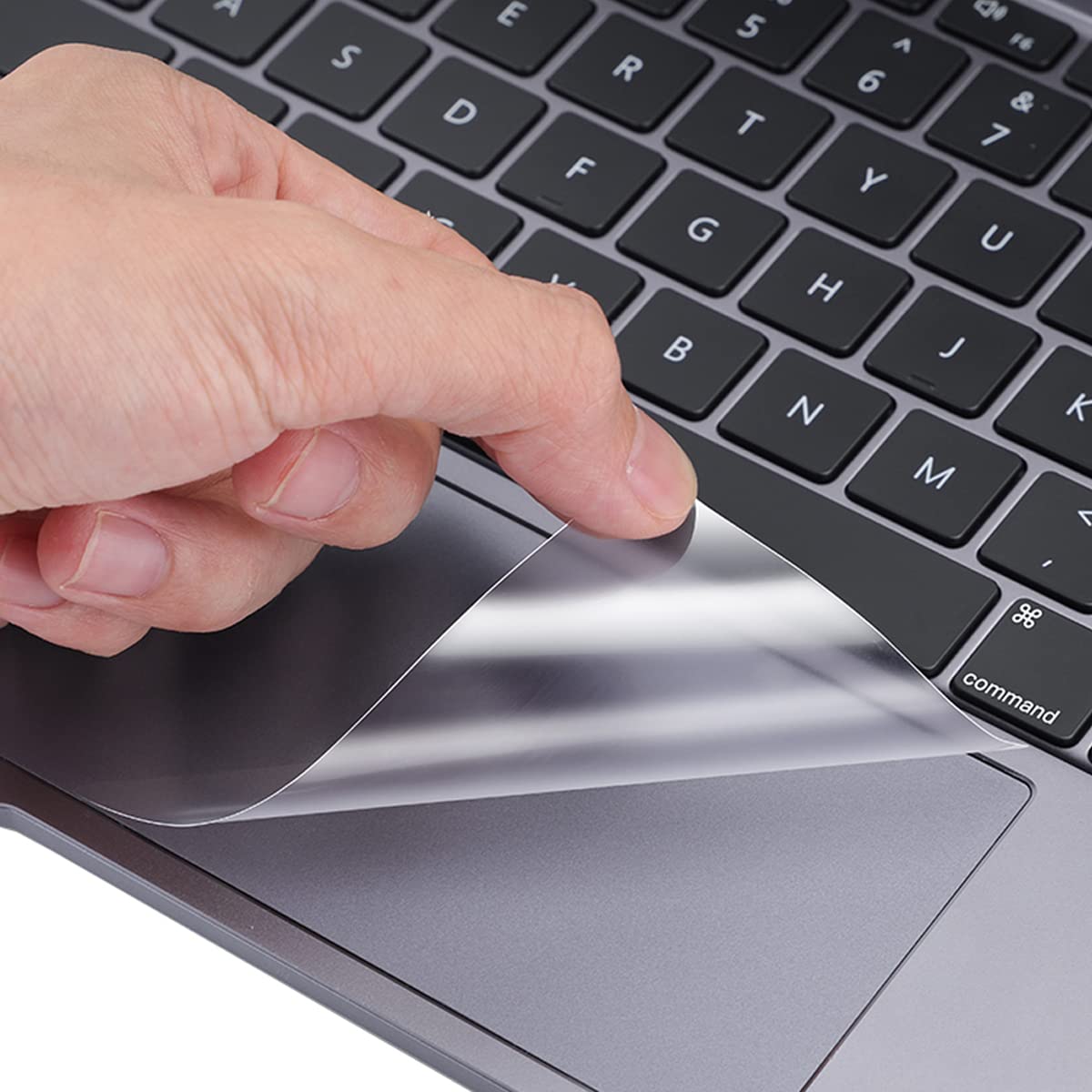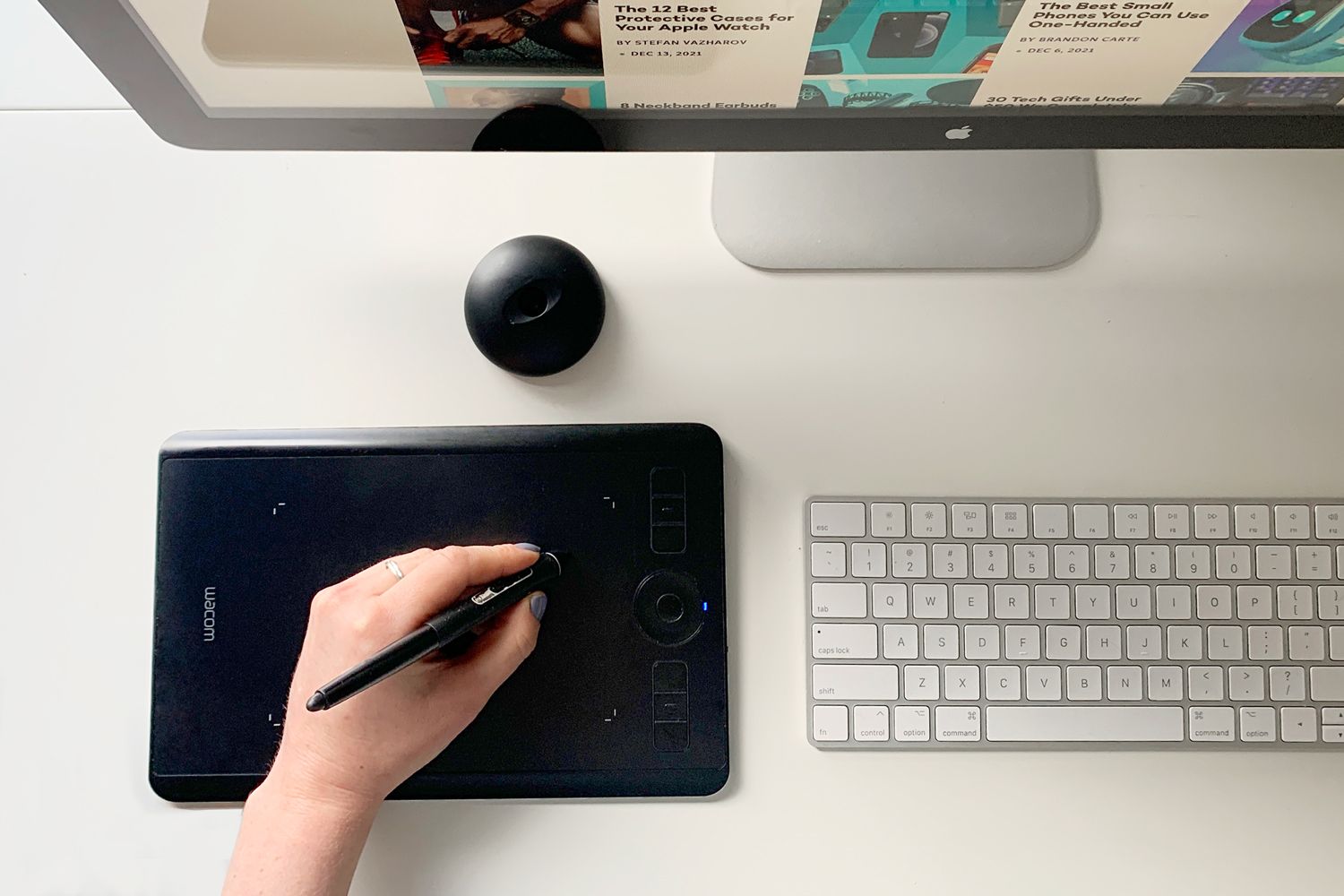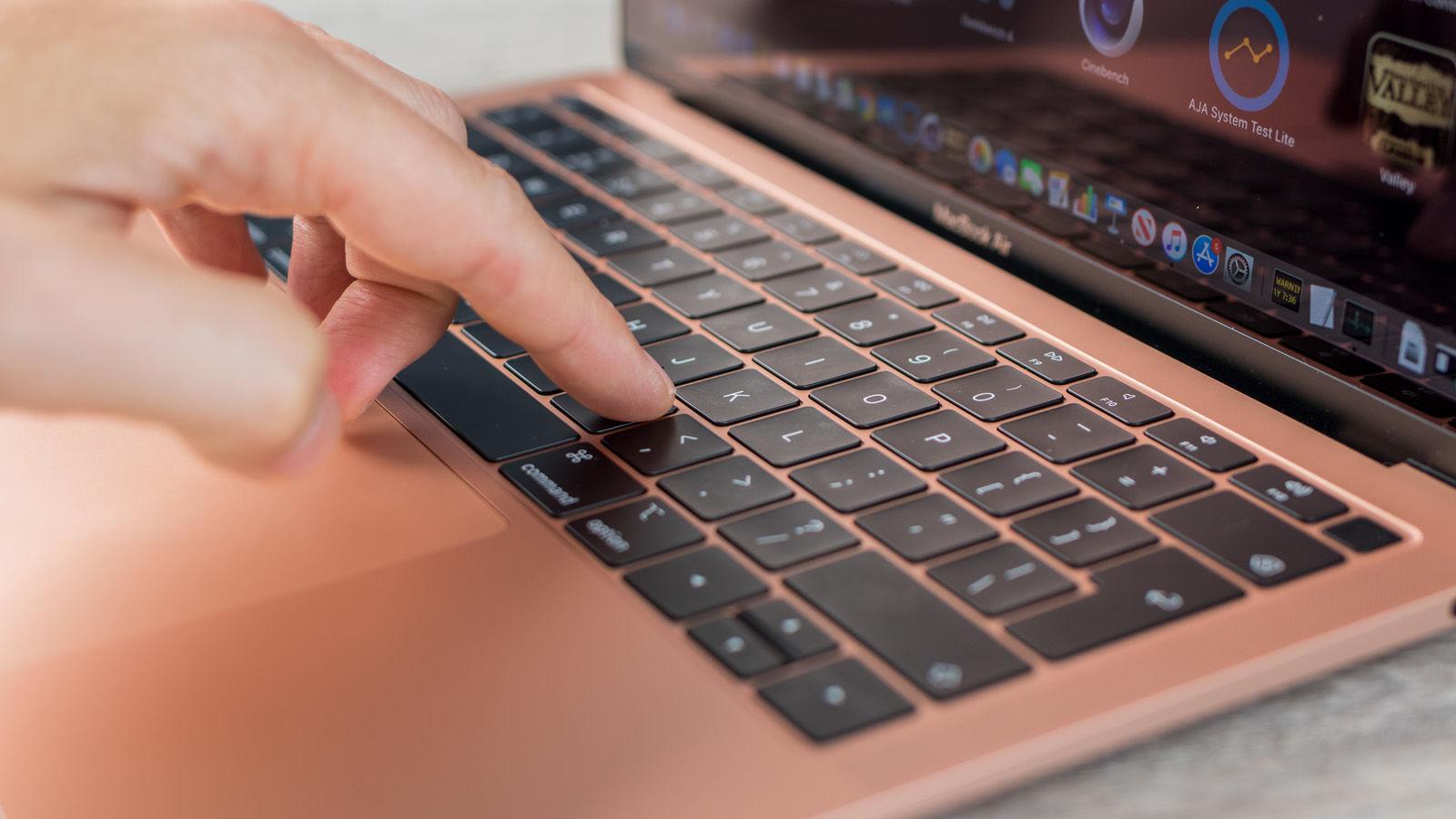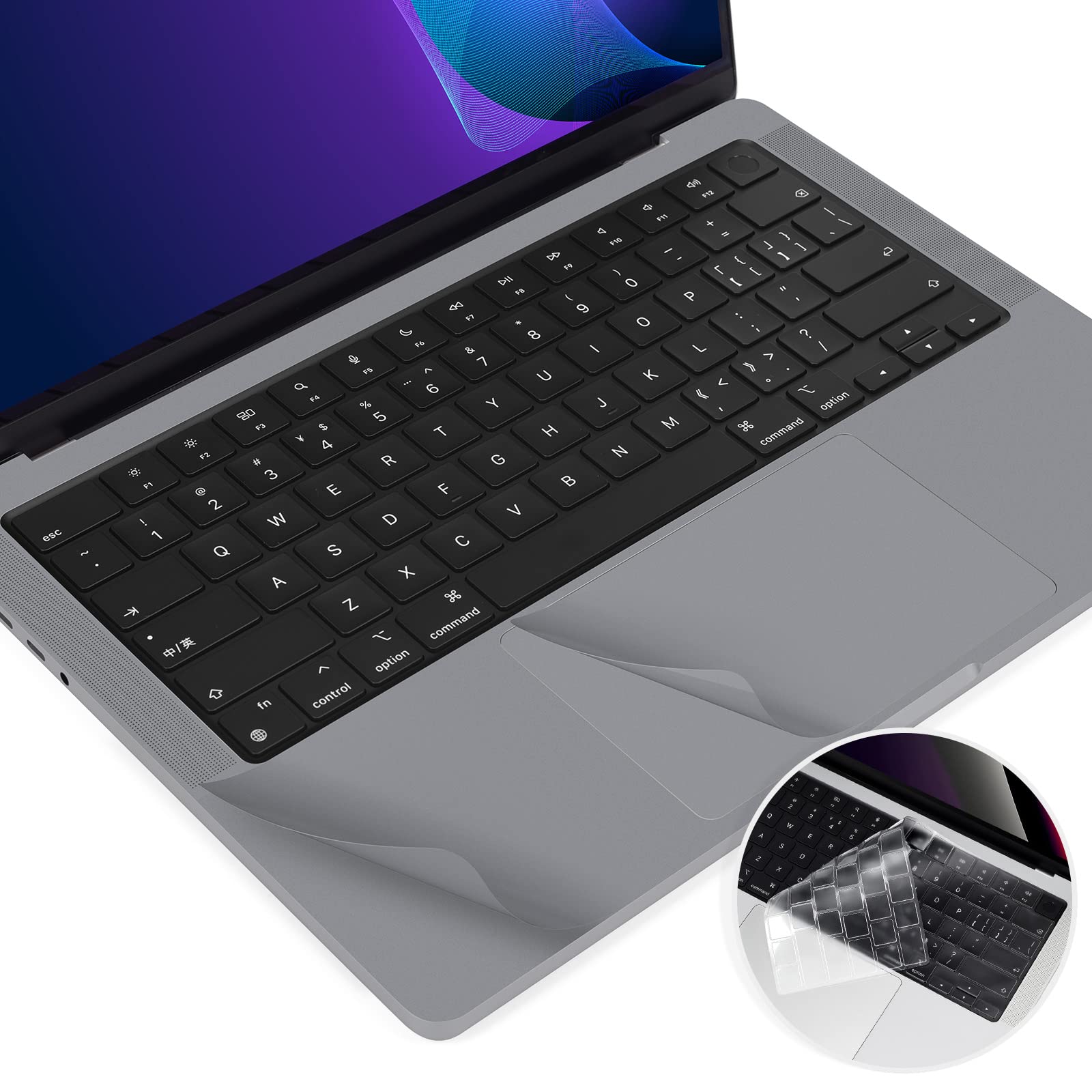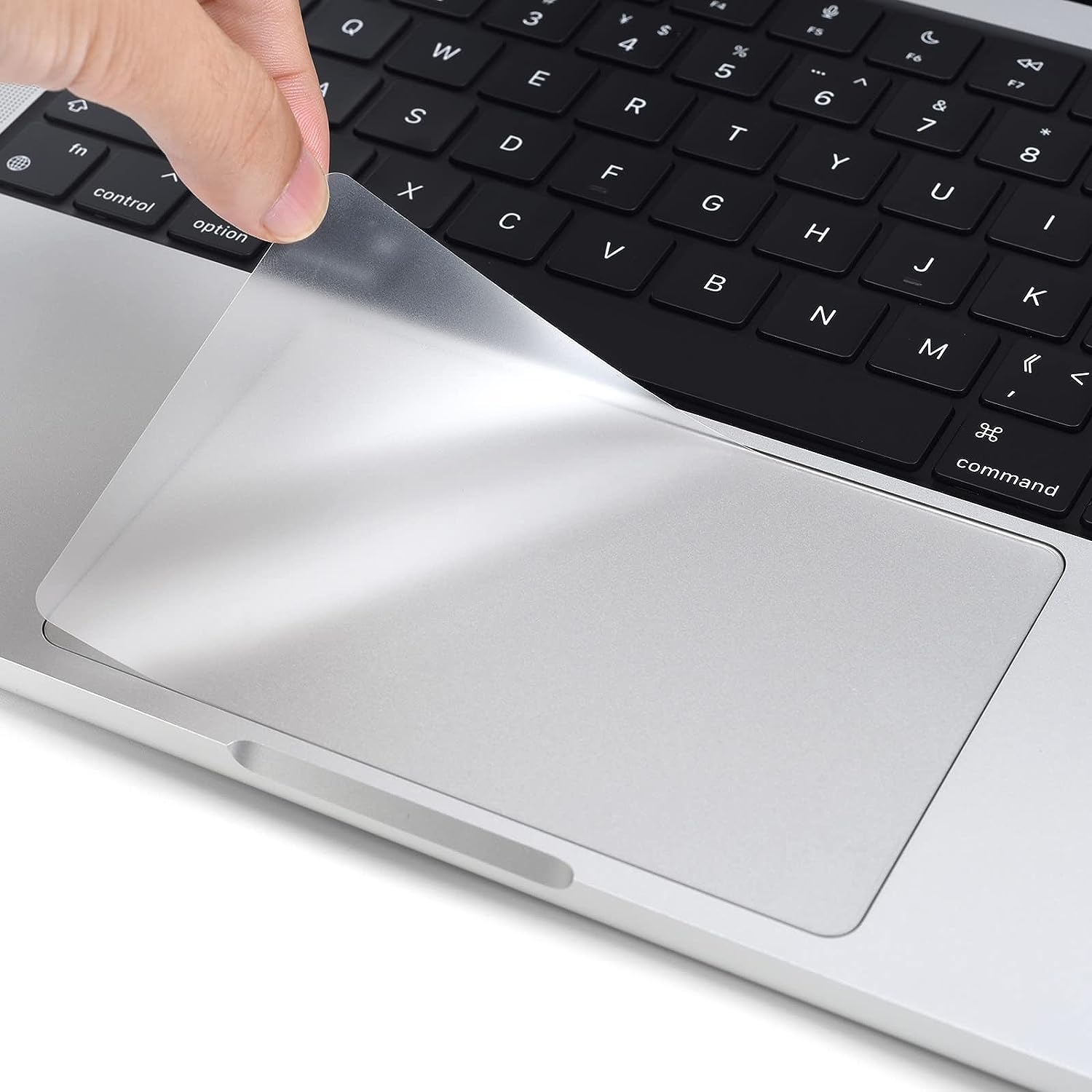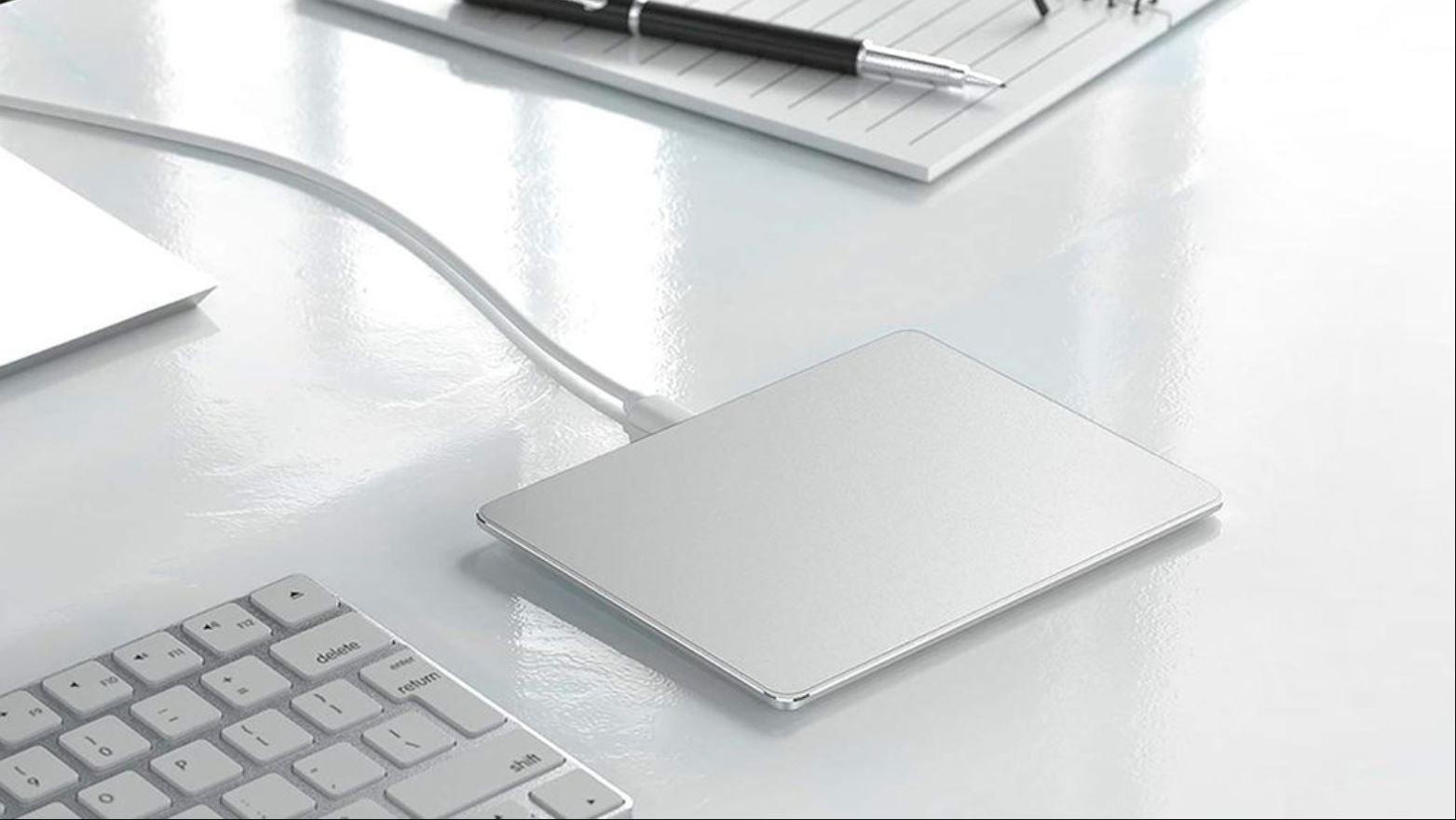Introduction
The trackpad on your MacBook Air is a vital component that allows you to navigate and interact with your device. However, like any piece of technology, it can occasionally encounter issues. One common problem that MacBook Air users may face is a stuck or unresponsive trackpad. When this happens, it can be frustrating and hinder your productivity.
Fortunately, there are several troubleshooting steps you can take to fix a stuck trackpad on your MacBook Air. In this article, we will guide you through these steps to help you regain control of your trackpad and get back to using your device smoothly.
It is important to note that the solutions provided here are general troubleshooting steps that can be applied to most MacBook Air models. However, if you have a specific model or experienced a specific event that may have caused the issue, it is recommended to refer to the Apple Support website or contact Apple directly for specialized assistance.
Before we jump into the troubleshooting steps, it is essential to ensure that your MacBook Air is connected to a power source and has sufficient battery life. A low or depleted battery can sometimes lead to unresponsive trackpad behavior. Additionally, it is always a good idea to back up your important files before attempting any troubleshooting steps, just to be safe.
Now that we have covered the necessary precautions, let’s dive into the troubleshooting methods to fix a stuck trackpad on your MacBook Air.
Check for Basic Troubleshooting
Before jumping into more advanced solutions, it’s important to start with basic troubleshooting steps. These steps can often resolve minor issues and get your trackpad working again without too much effort.
Firstly, check if there are any physical obstructions or dirt on the trackpad surface. Sometimes, dust, crumbs, or other debris can get trapped under the trackpad, causing it to become stuck or unresponsive. Use a clean, lint-free cloth to gently wipe the trackpad surface and remove any dirt or debris that may be present. Avoid using harsh chemicals or excessive force when cleaning to prevent any damage to the trackpad.
Next, ensure that your hands are clean and dry. Moisture or oils on your hands can affect the sensitivity of the trackpad and cause it to behave erratically. Washing your hands and drying them thoroughly before using the trackpad can help improve its responsiveness.
If you are using an external mouse or trackpad with your MacBook Air, disconnect it and see if the built-in trackpad starts working again. Sometimes, external devices can interfere with the functioning of the built-in trackpad. Disconnecting them can help identify if this is the source of the issue.
Another simple step to try is to restart your MacBook Air. Restarting can refresh the system and clear any temporary glitches that may be affecting the trackpad. Click on the Apple menu in the top-left corner of the screen, select Restart, and wait for your MacBook Air to reboot. After the restart, check if the trackpad is now responsive.
If none of the above steps resolved the issue, try connecting a USB mouse to your MacBook Air. This can help determine whether the problem lies with the trackpad itself or with the system. If the USB mouse works fine, it indicates that the issue is likely related to the trackpad hardware or software. In such cases, proceed with the following troubleshooting methods.
Remember, basic troubleshooting steps are often effective in resolving minor trackpad issues. However, if these steps did not fix the problem, continue to the next section for more advanced solutions.
Clean the Trackpad
If your MacBook Air’s trackpad is still unresponsive after checking for basic troubleshooting, it may be necessary to clean the trackpad more thoroughly. Sometimes, dirt and grime can accumulate over time, affecting the sensitivity and functionality of the trackpad.
To clean the trackpad, start by powering off your MacBook Air and disconnecting any external devices. This will ensure your safety and prevent any accidental inputs while cleaning.
Next, dampen a lint-free cloth or a microfiber cloth with a small amount of water. Make sure the cloth is not dripping or too wet, as excessive moisture can damage the trackpad. Gently wipe the trackpad in a circular motion, applying light pressure. Be careful not to press too hard, as this could damage the trackpad’s surface.
If the trackpad is still not clean, you can use a mixture of water and isopropyl alcohol. Mix equal parts of water and isopropyl alcohol in a small container. Dampen the cloth with this mixture and gently clean the trackpad surface.
It’s important to note that harsh chemicals or abrasive cleaning materials should be avoided, as they can cause damage to the trackpad. Never spray any liquid directly onto the trackpad, as it can seep into the device and cause internal damage.
Once you have wiped the trackpad, allow it to air dry for a few minutes before turning on your MacBook Air. This will ensure that no moisture remains on the trackpad.
After powering on your MacBook Air, check the functionality of the trackpad. Hopefully, a thorough cleaning will have resolved any dirt or residue that was causing the trackpad to stick or become unresponsive.
If cleaning the trackpad did not fix the issue, do not worry. There are still additional troubleshooting steps that can be taken to resolve the problem, as we will explore in the upcoming sections.
Reset the Trackpad Settings
If cleaning the trackpad did not solve the issue, the problem may be related to the trackpad settings on your MacBook Air. Resetting the trackpad settings can help restore it to its default state and potentially resolve any configuration issues.
To reset the trackpad settings, start by clicking on the Apple menu in the top-left corner of the screen and selecting “System Preferences.” In the System Preferences window, click on the “Trackpad” option.
In the Trackpad settings, you will find various options and settings related to the trackpad’s behavior. Look for a button or option that allows you to reset the trackpad settings. The location and name of this option may vary depending on your macOS version.
Once you have located the option to reset the trackpad settings, click on it. A confirmation dialogue may appear, asking if you want to proceed with the reset. Confirm your decision to reset the trackpad settings.
After resetting the settings, restart your MacBook Air to apply the changes. The trackpad will now be set to its default settings, and any configuration issues that may have been causing the stickiness or unresponsiveness should be resolved.
Once your MacBook Air has restarted, test the trackpad to ensure it is functioning properly. Move your fingers across the trackpad and check if the cursor responds accurately to your touch. Try different gestures, such as scrolling and zooming, to ensure all trackpad functions are working as expected.
If resetting the trackpad settings did not fix the issue, don’t worry. There are still more troubleshooting steps to explore, which we will discuss in the upcoming sections.
Update the Trackpad Driver
If your MacBook Air’s trackpad is still not working properly after resetting the settings, it may be necessary to update the trackpad driver. An outdated or incompatible trackpad driver can cause various issues, including unresponsiveness or erratic behavior.
To update the trackpad driver, start by clicking on the Apple menu in the top-left corner of the screen and selecting “System Preferences.” In the System Preferences window, click on the “Software Update” option.
The Software Update window will check for any available updates for your macOS. If there are any updates available, click on the “Upgrade Now” button to download and install them. Make sure your MacBook Air is connected to a stable internet connection during this process.
If there are no updates available or if updating macOS did not resolve the issue, you can try manually updating the trackpad driver. Visit the Apple Support website or the official website of your MacBook Air’s manufacturer to search for any available trackpad driver updates specifically for your model.
Follow the instructions provided on the website to download and install the updated trackpad driver. Ensure that you download the correct driver that matches your macOS version and MacBook Air model.
After updating the trackpad driver, restart your MacBook Air to apply the changes. Once your MacBook Air has restarted, test the trackpad to see if it is now functioning properly. Move your fingers across the trackpad and check if the cursor responds accurately to your touch. Try different gestures, such as scrolling and zooming, to ensure all trackpad functions are working as expected.
If updating the trackpad driver did not resolve the issue, don’t worry. There are still more troubleshooting steps to explore, which we will discuss in the upcoming sections.
Disable any Conflicting Apps or Settings
If your MacBook Air’s trackpad is still unresponsive, it is worth checking for any conflicting apps or settings that could be causing the issue. Certain apps or settings can interfere with the normal functioning of the trackpad and lead to unresponsiveness or erratic behavior.
Start by checking if you have recently installed any new apps or software. Some third-party apps or utilities may have conflicting settings that affect the trackpad’s performance. Try disabling or uninstalling any recently installed apps one by one and test the trackpad after each removal to see if the issue is resolved.
You can also check the Accessibility settings on your MacBook Air, as certain settings in this section can potentially affect trackpad responsiveness. To do this, go to the Apple menu and select “System Preferences.” In the System Preferences window, click on “Accessibility.”
In the Accessibility settings, navigate to the “Mouse & Trackpad” section. Check if any options or settings are enabled that could be causing the trackpad issue. For example, if “Ignore built-in trackpad when mouse or wireless trackpad is present” is selected, try unchecking it to see if it resolves the problem.
Additionally, if you are using any third-party mouse or trackpad software, such as Logitech Options or SteerMouse, try disabling or uninstalling these utilities temporarily. These apps may have conflicting settings that affect the trackpad’s functionality.
After making any changes to the apps or settings, restart your MacBook Air and test the trackpad to see if it is now working properly. Move your fingers across the trackpad and check if the cursor responds accurately to your touch. Try different gestures to ensure all trackpad functions are functioning as expected.
If disabling conflicting apps or settings did not solve the problem, there are still more troubleshooting steps we can explore, which will be discussed in the forthcoming sections.
Reset the System Management Controller (SMC)
If your MacBook Air’s trackpad continues to be unresponsive, resetting the System Management Controller (SMC) might help resolve the issue. The SMC controls various hardware components, including the trackpad, and resetting it can sometimes fix erratic behavior or unresponsiveness.
The steps to reset the SMC differ slightly depending on whether your MacBook Air has a removable battery or a built-in battery.
For MacBook Air models with a removable battery:
1. Shut down your MacBook Air.
2. Unplug the power adapter and remove the battery.
3. Press and hold the power button for at least five seconds.
4. Reinsert the battery and plug in the power adapter.
5. Power on your MacBook Air.
For MacBook Air models with a built-in battery:
1. Shut down your MacBook Air.
2. Connect the power adapter.
3. On the built-in keyboard, press and hold the Shift + Control + Option keys along with the power button (or Touch ID button) for 10 seconds.
4. Release all the keys and the power button.
5. Power on your MacBook Air.
After resetting the SMC, allow your MacBook Air to boot up and test the trackpad to see if it is now functioning correctly. Move your fingers across the trackpad and check if the cursor responds accurately to your touch. Try different gestures to ensure all trackpad functions are working properly.
If resetting the SMC did not resolve the issue, do not worry. There are still additional troubleshooting steps that can be taken to fix the problem. We will explore these steps in the upcoming sections.
Contact Apple Support
If you have tried all the previous troubleshooting steps and your MacBook Air’s trackpad is still not working properly, it may be time to seek assistance from Apple Support. Apple’s support team is well-equipped to diagnose and resolve hardware or software-related issues related to your MacBook Air’s trackpad.
Before contacting Apple Support, gather any relevant information about your MacBook Air, such as its model, serial number, and macOS version. This information will help the support team better understand your device and provide accurate assistance.
There are various ways to contact Apple Support, depending on your preference and location. Here are a few options:
1. Apple Support Website: Visit the Apple Support website (support.apple.com) and navigate to the MacBook Air section. From there, you can find troubleshooting guides, forums, and contact options to reach Apple Support.
2. Apple Support App: Download the Apple Support app from the App Store. This app provides easy access to support articles, chat support, and scheduling phone calls with Apple Support representatives.
3. Apple Store Appointment: If there is an Apple Store near you, you can schedule an appointment with a Genius Bar technician. They can diagnose and potentially resolve the trackpad issue in person.
When contacting Apple Support, be prepared to describe the issue in detail and provide any relevant troubleshooting steps you have already taken. They may guide you through additional steps or determine if your MacBook Air needs to be repaired or serviced.
It’s important to remember that if your MacBook Air is still under warranty, any necessary repairs or replacements may be covered. However, if your device is out of warranty, there may be a cost associated with the repair.
Apple Support is dedicated to helping you resolve any issues with your MacBook Air, including trackpad problems. Don’t hesitate to reach out to them for personalized assistance and guidance.
While waiting for Apple Support’s response, you can continue to use your MacBook Air with an external mouse or trackpad, if available. This will allow you to continue working while waiting for a resolution.
In the next section, we will provide a brief summary of the troubleshooting steps covered so far.







